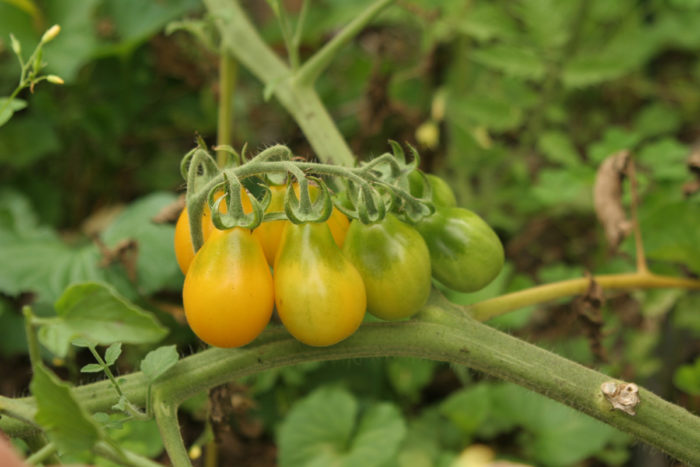
Now that May’s warmer weather is upon us, it’s time to think about the coming warm weather of late spring and summer in the Pacific Northwest. I suspect this year we will all be spending a lot of time in our gardens and patios enjoying all the hard work we have put into them. Here are a few late spring chores to help you get your garden looking even better.
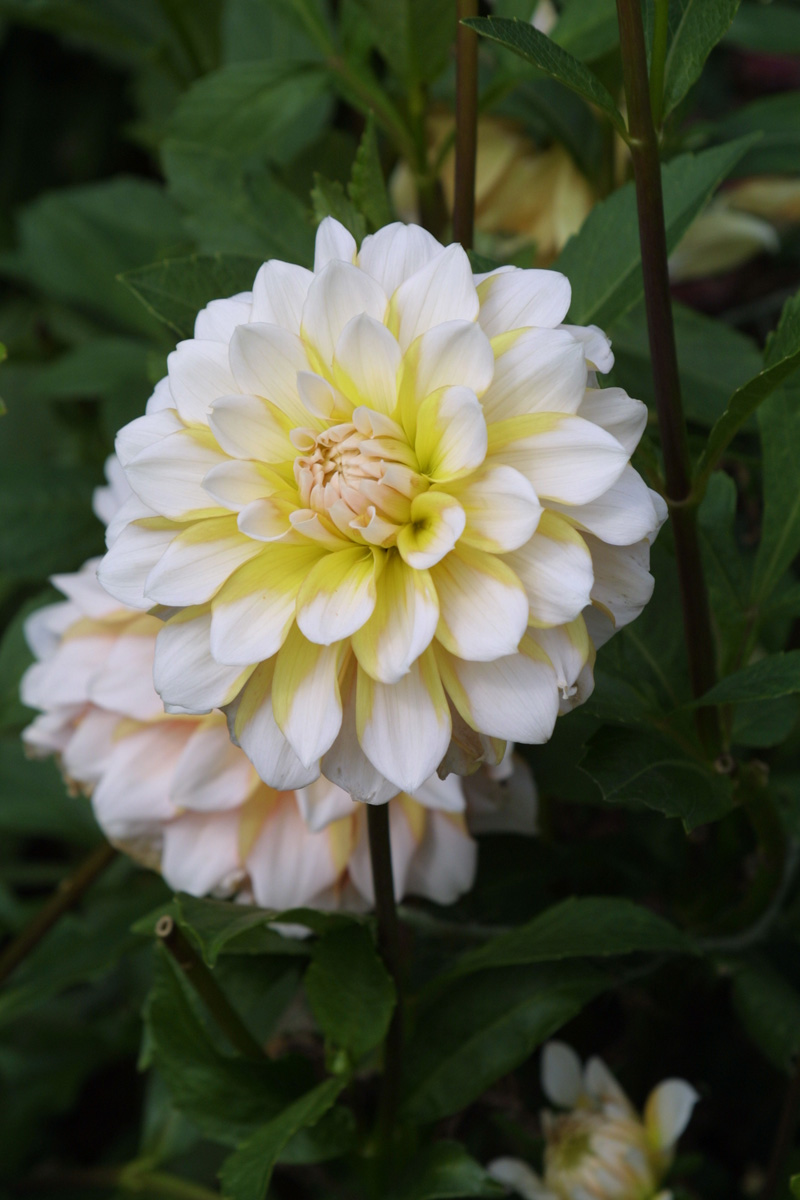
Start growing dahlias. Dahlias (Dahlia spp. and cvs., Zones 7–11) are a harbinger of summer, especially here in the Pacific Northwest. The various colors, shapes, and sizes are hard to come by from any other plant. We typically have a warm late-summer growing season here, and those amazing flowers certainly make for beautiful displays in our gardens and as cut flowers in bouquets. Dahlias in the ground require excellent drainage. One way I’ve grown them in the past is by putting them in containers that I place in my perennial border. I simply put the container of dahlias I have grown or purchased in the soil. The drainage works well in the containers, and the containers are easy to remove from the border once the dahlias have started to die back in the late fall. No matter where you place them, make sure to plant them with a sturdy support cane of bamboo or the like, especially on the large dinner-plate dahlias. I have even seen them grown in tomato cages.
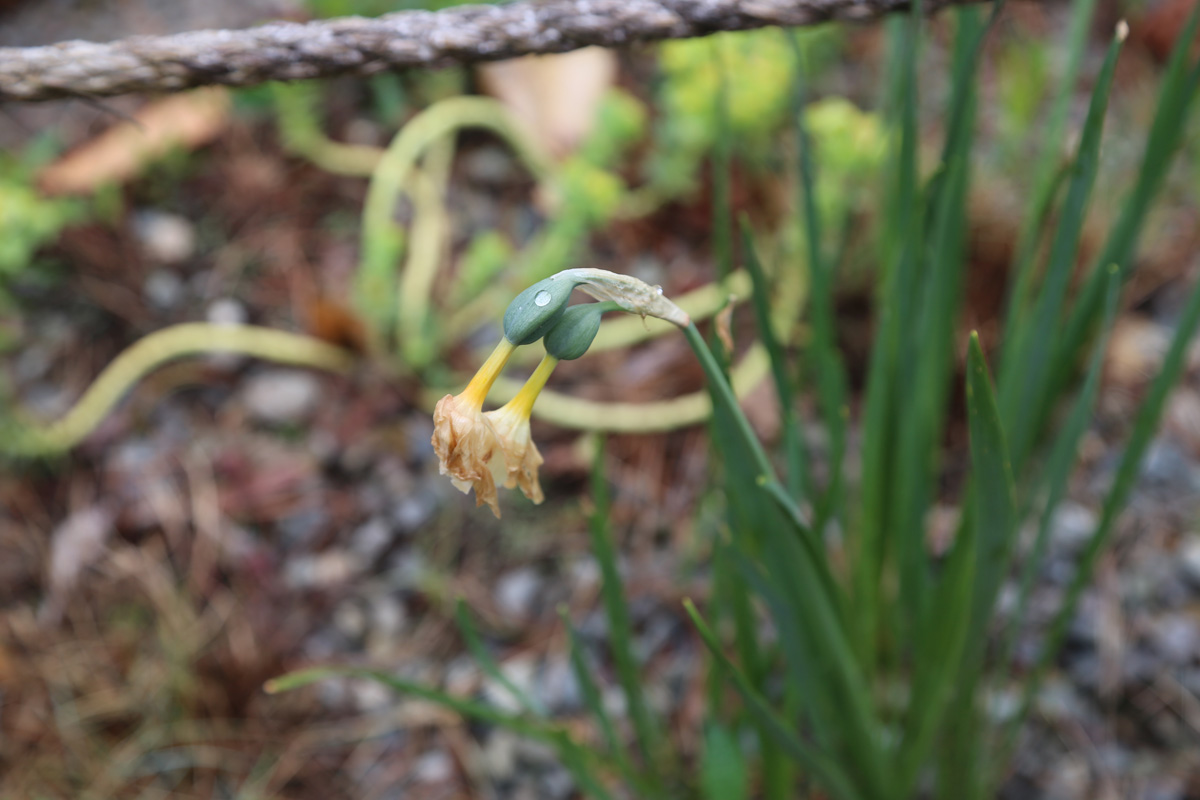
Practice good bulb after-care. Your early spring bulbs are now starting to fade and go dormant. There are a few things you can do to help them recharge for the next growing season. Many daffodils and tulips that have set fruit will spend a lot of energy ripening those seeds and may start to slowly disappear from your garden. One good garden chore to do now is to deadhead those flower stalks and let those plants put their energy into bulking up the bulbs and creating offsets. Simply snap off the fruits with your fingers, or cut them off with some pruners if you prefer. Do not be tempted to remove the spent foliage of those bulbs until it is completely dried up and brown. Some people feel the need to braid or tie up the fading foliage; that is unnecessary. Simply let it die back naturally. Bulbs need to get as much energy back as they can so they can delight us next spring. You can always plan your garden so that the summer perennials grow and cover up that fading foliage. You can also place small bamboo markers in the areas in which you have those bulbs planted to ensure you do not accidently dig into them while planting some other plant later in the season, when they have completely disappeared and gone dormant.
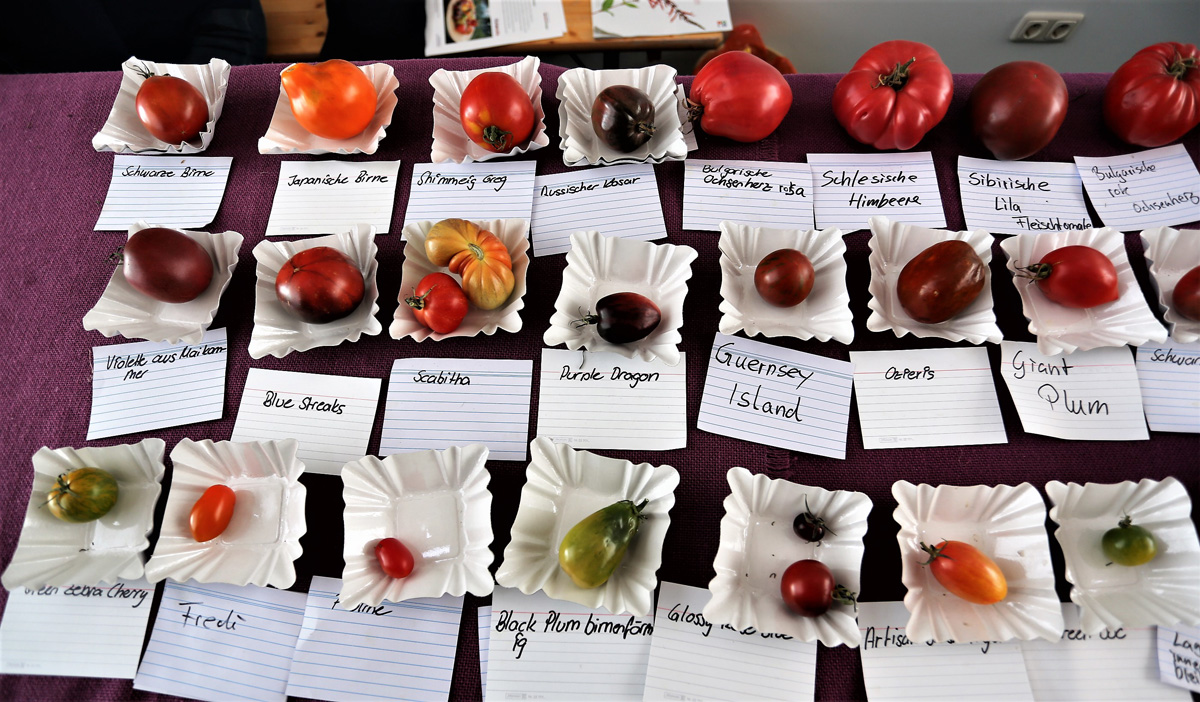
It’s time for tomatoes. Gardeners know that home-grown tomatoes are the best. Now is also the time to plant your tomato starts. Many gardeners are tempted to rush to plant tomatoes, but it’s always best to wait until the outside temperatures are around 50F°/10C°. They too are late-season plants like our beloved dahlias, and there are almost as many varieties. There are so many to choose from, how do you even start? First, let’s learn a little bit about tomatoes. There are determinate tomatoes, which grow to a certain height/size and are flush with fruit at the same time. These are often used for making tomato sauces and for canning. The other type is indeterminate. These ones keep growing and fruiting all season long; think of them as vines—they grow and grow and grow. Some of those include the “never to make it in the house” cherry tomatoes and the fancy heirloom slicing tomatoes. This year I am trying the following cultivars: ‘Cosmonaut Volkov’ is a tough cool-weather variety that produces smaller red beefsteak slicing tomatoes. ‘Jaune Flammée’ is a small orange fruiting variety great for salad that is both sweet and tart. The heirloom variety ‘Green Zebra’, with yellow fruit and green stripes, is also sweet and tart. ‘Yellow Pear’ is one I’ve reserved for snacking on while gardening. I cannot wait for this year’s crop. Still need help choosing varieties for your garden? Listen here for recommendations from the Fine Gardening editors.

Check your irrigation system. The weather in the Pacific Northwest is typically hot and dry in the summer. So now is the time to prepare for the water needs of your garden during the summer. If you have a built-in irrigation system, turn it back on for the season and make necessary repairs and adjustments before you really need to use it. I do not have a built-in irrigation system, so I use a few different methods to keep my garden watered and looking good when the heat of summer sets in. This time of year, I inspect all my hoses, sprinklers, and attachments for leaks. A quick and easy washer change can often alleviate a dripping hose and save precious water for the garden. I also use soaker hoses in my garden. I pin the hoses down with landscape fabric pins to hold them in place. After installation I check coverage, adjust as needed, and cover with mulch. The mulch does the double job of covering the hoses and helping to retain the moisture from watering. If you are feeling adventuresome, there are some nice drip-irrigation systems available to install yourself this spring. However, I find that hand-watering my garden, mostly the containers and vegetable beds, is very therapeutic and a great way to watch and observe what is going on.
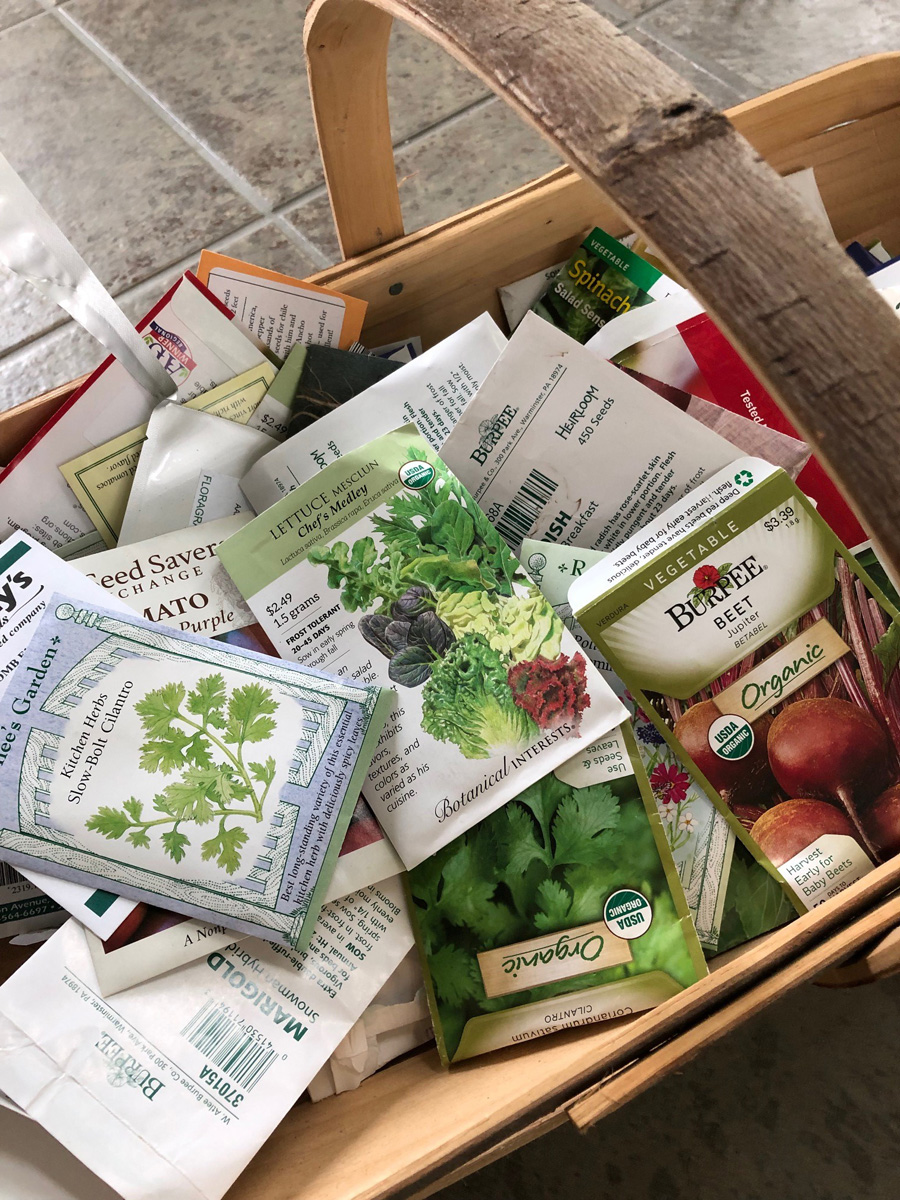
Direct-sow warm-season veggies. If you are planning on growing any late summer and fall vegetables, now is a great time to sow those directly into the garden. Peas and beans, which are easy to plant and grow, are a great choice for first-time gardeners as well as children. Many seed suppliers are running short of availability now, so if you have old seeds, try planting them. Many are still viable after several years. Make plans with your gardening friends and to exchange seeds.
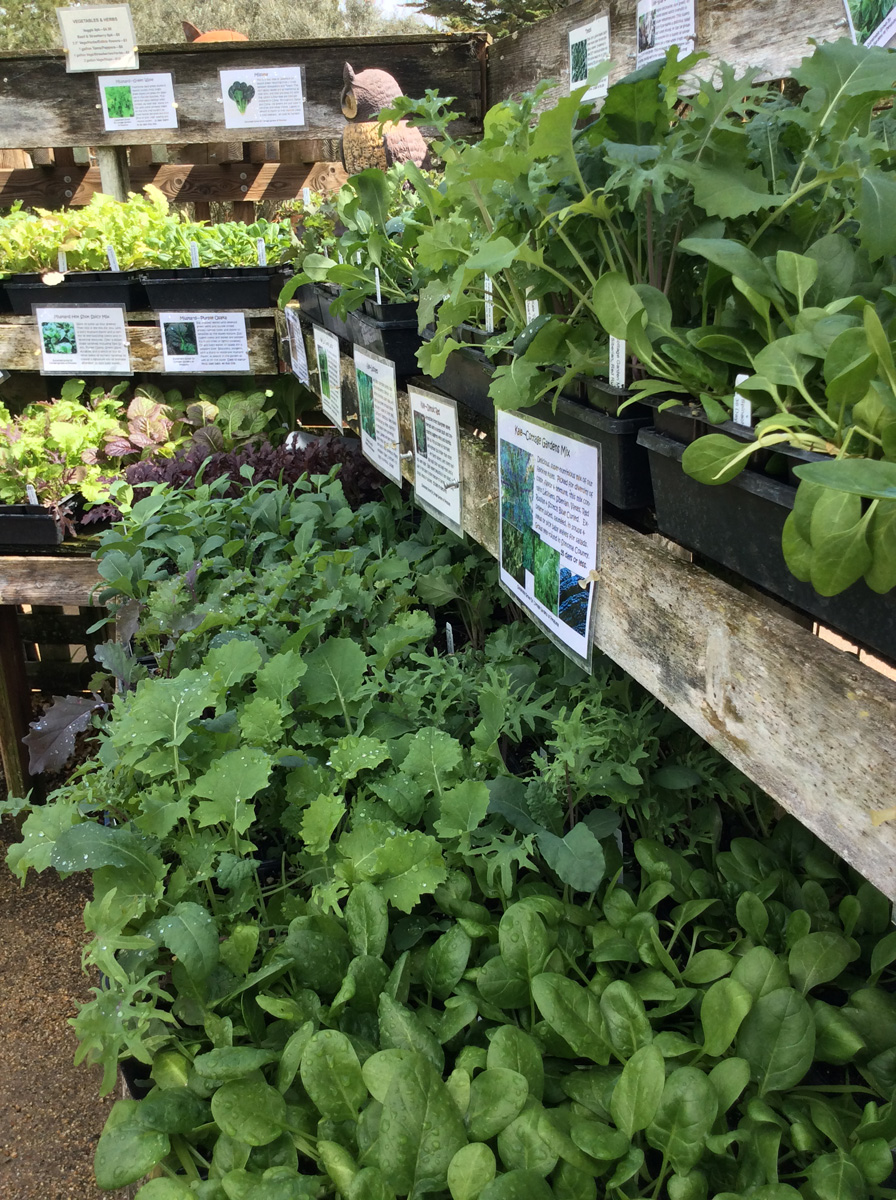
Focus on what you can control. Most local nurseries and garden centers are brimming with tomato starts and other plants. This year is different, of course, and many are offering by-appointment shopping or call-in/email shopping with curbside pickup. Let’s get out there and support our local nurseries and garden centers! Gardeners are the ultimate optimists; we plant seeds and bulbs in the ground and hope … and know something good will happen. So get out there and garden!
—Jason Jorgensen is a landscape designer in Seattle.


















Comments
Log in or create an account to post a comment.
Sign up Log in